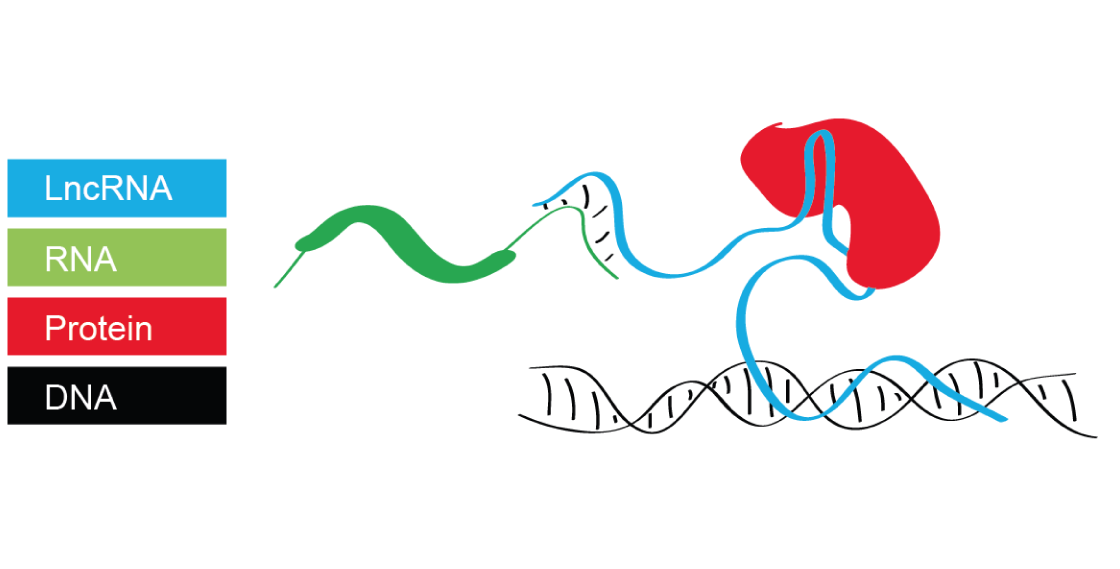Background: Cryptorchidism is a frequent endocrinopathy in boys that has been associated with an increased riskof developing testicular cancer and infertility. The condition is curable by combined surgery and hormonaltreatment during early pre-pubertal stages using gonadotropin releasing hormone agonist (GnRHa). However,whether the treatment also alters the expression of testicular long non-coding RNAs (lncRNAs) is unknown. To gaininsight into the effect of GnRHa on testicular lncRNA levels, we re-analyzed an expression dataset generated fromtesticular biopsies obtained during orchidopexy for bilateral cryptorchidism.Results: We identified EGFR-AS1, Linc-ROR, LINC00221, LINC00261, LINC00282, LINC00293, LINC00303, LINC00898,LINC00994, LINC01121, LINC01553, and MTOR-AS1 as potentially relevant for the stimulation of cell proliferationmediated by GnRHa based on their direct or indirect association with rapidly dividing cells in normal andpathological tissues. Surgery alone failed to alter the expression of these transcripts.Conclusion: Given that lncRNAs can cooperate with chromatin-modifying enzymes to promote epigeneticregulation of genes, GnRHa treatment may act as a surrogate for mini-puberty by triggering the differentiation ofAd spermatogonia via lncRNA-mediated epigenetic effects. Our work provides additional molecular evidence that infertility and azoosper
Download complete article





